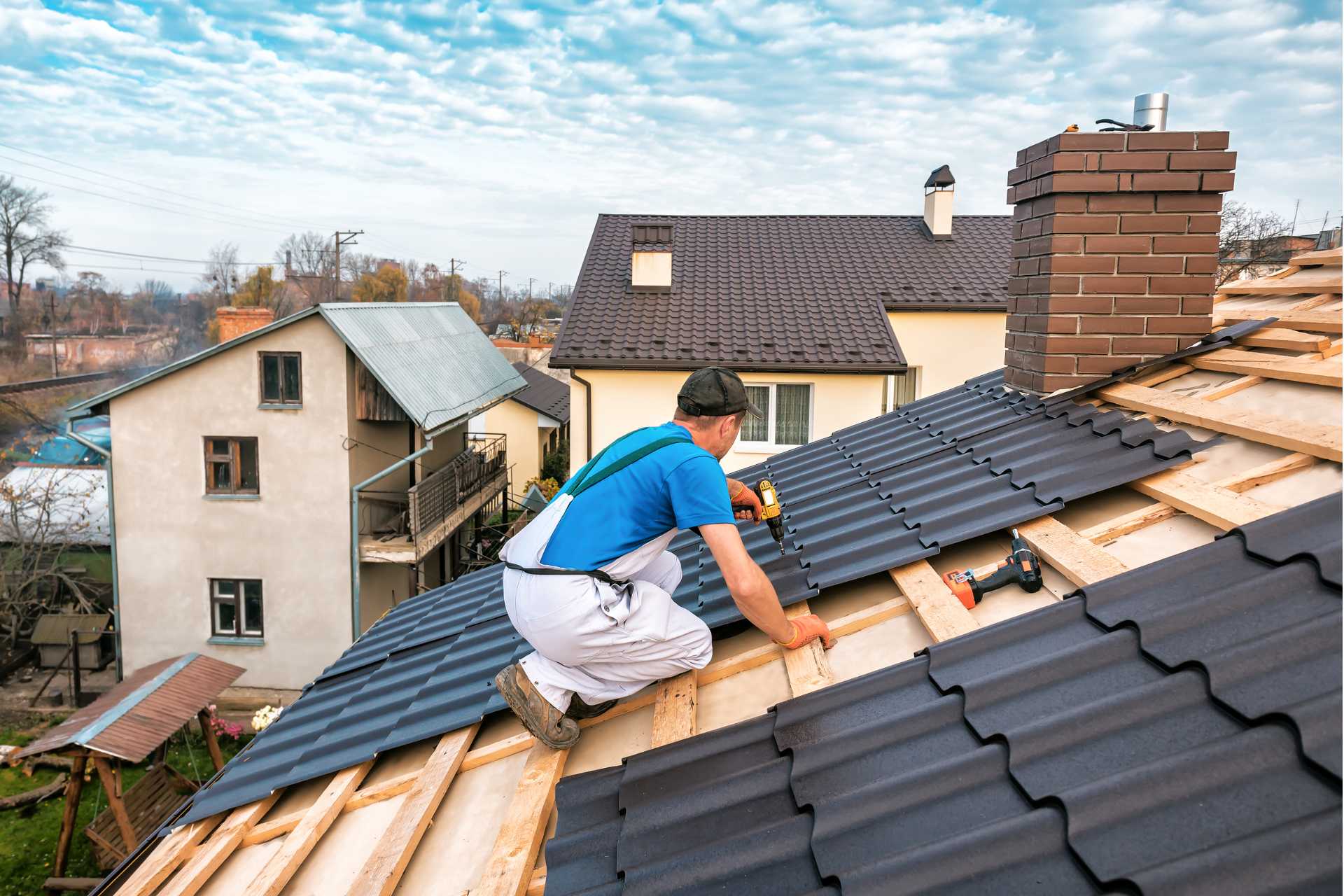A new roof is a crucial investment in your home’s safety, value, and appearance—but it doesn’t come cheap. Depending on your roofing material and the size of your home, the cost can range from a few thousand dollars to well over $20,000. Fortunately, there are several smart ways to finance your new roof without breaking the bank. Here’s how you can plan and manage your roof replacement by JP Carroll Roofing budget with confidence.
1. Understand the Total Cost Upfront
Get Detailed Estimates
Before you explore financing options, make sure you understand the full scope of your roofing project. Ask contractors for detailed estimates that include:
-
Labor
-
Materials
-
Tear-off and disposal
-
Permits and inspections
This clarity will help you budget realistically and avoid surprise expenses.

2. Check Your Homeowners Insurance
Storm Damage? You Might Be Covered
If your roof was damaged by a storm, hail, wind, or another covered peril, your homeowners insurance might pay for part or all of the replacement. Contact your insurance company to:
-
File a claim
-
Schedule an inspection
-
Understand your deductible and coverage limits
Insurance can be a huge help—but keep in mind, damage from wear and tear or neglect is usually not covered.
3. Roofing Company Financing
Ask About In-House Payment Plans
Many roofing contractors offer in-house financing or work with third-party lenders. These options often come with:
-
Low or zero interest promotional periods
-
Fixed monthly payments
-
Quick approvals
Always read the terms carefully to avoid hidden fees or high-interest charges after a grace period ends.
4. Personal Loans
Unsecured and Flexible
A personal loan from your bank or credit union is another option. These loans typically don’t require collateral, and you can use the funds for nearly any purpose—including roofing. Benefits include:
-
Fixed interest rates
-
Predictable monthly payments
-
Fast funding (sometimes in 1–2 days)
However, the interest rates may be higher than secured loans, especially if your credit score is low.
5. Home Equity Loans and HELOCs
Tap Into Your Home’s Value
If you’ve built up equity in your home, you might consider a:
-
Home Equity Loan: A lump sum loan with fixed payments.
-
HELOC (Home Equity Line of Credit): A flexible, revolving line of credit you can draw from as needed.
These options typically offer lower interest rates because your home serves as collateral. Just be sure you’re comfortable with the risk of using your home to secure the loan.
6. Credit Cards (Use With Caution)
Only for Small Projects or Short-Term Use
If your roof replacement is on the lower end of the cost scale, or if you qualify for a 0% introductory APR credit card, this can be a convenient option. However:
-
Only use this if you can repay the balance before interest kicks in
-
Avoid using high-interest credit cards long-term
Credit cards are best for gap funding, not full roof financing.
7. Government Programs and Assistance
Grants and Loans May Be Available
Depending on your location and financial situation, you may qualify for:
-
FHA Title I Home Improvement Loans
-
State or local home repair grants
-
Energy efficiency incentives (for solar or reflective roofs)
Check with your local housing authority or the U.S. Department of Housing and Urban Development (HUD) for available programs.
Conclusion
Replacing your roof doesn’t have to be a financial burden. By exploring a range of financing options—insurance, personal loans, equity-based lending, and even contractor payment plans—you can find the best solution for your budget. The key is to plan ahead, compare offers, and read the fine print. With smart financing, a new roof is within reach and well worth the investment.
Comments on “Tips to Finance Your New Roof”